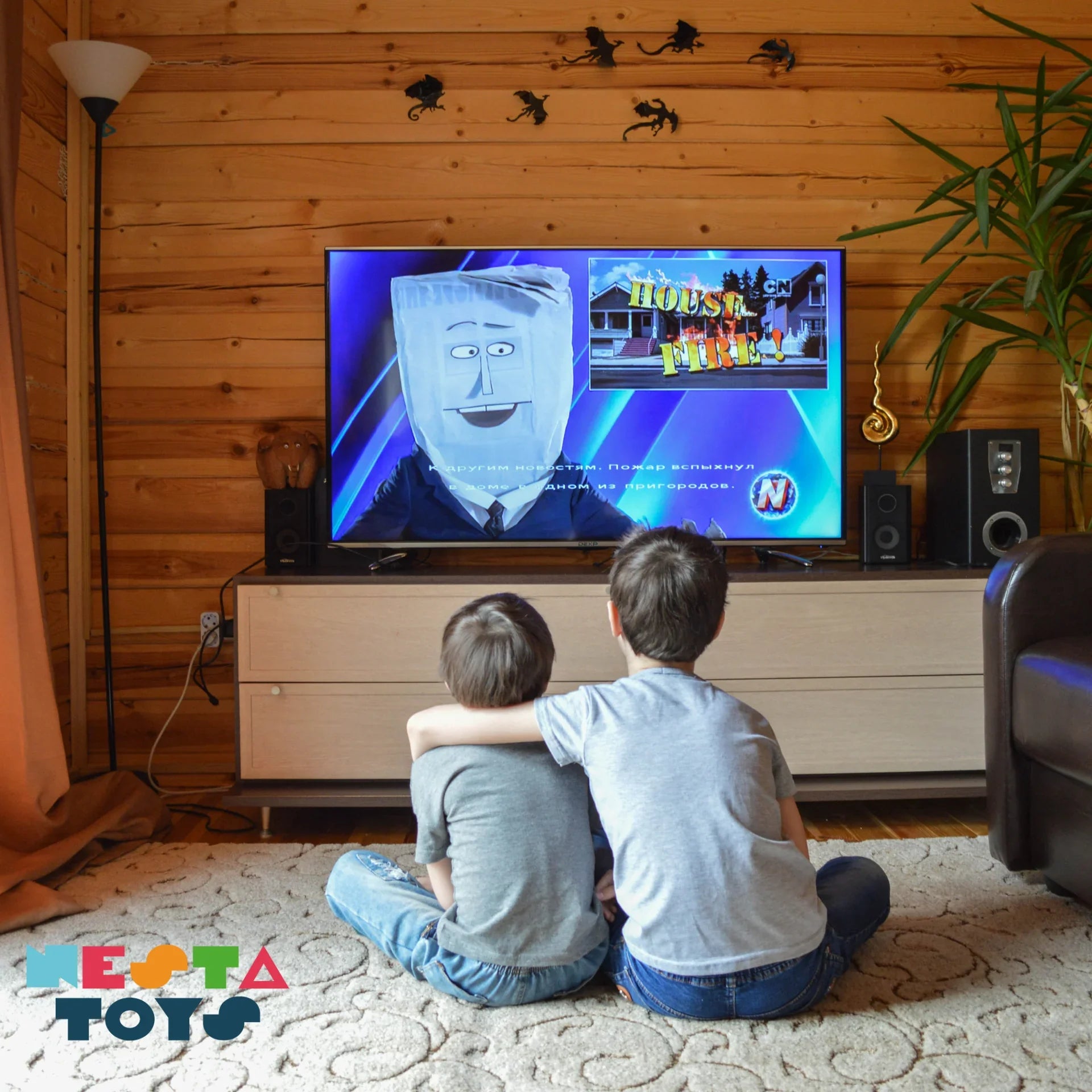In today's digital age, technology plays a significant role in early education. Let's explore the pros and cons of integrating technology into early education and how to find the delicate balance that ensures children's optimal development:
Pros of Technology in Early Education:
-
Engagement and Interactive Learning: Educational apps and games can captivate young learners' attention and make learning fun and interactive.
-
Personalized Learning: Technology can adapt to individual learning needs, providing tailored content and challenges to meet each child's abilities.
-
Access to Resources: Digital platforms grant access to a vast array of educational resources, from e-books to videos, expanding children's learning opportunities.
-
Visual and Audio Learning: Technology can enhance visual and auditory learning, benefiting children with various learning styles.
-
Preparation for Digital Literacy: Early exposure to technology helps children develop digital literacy skills crucial for the modern world.
Cons of Technology in Early Education:
-
Screen Time Concerns: Excessive screen time can lead to health issues, such as eye strain and disrupted sleep patterns.
-
Reduced Physical Activity: Prolonged use of technology may limit physical activity, which is essential for a child's overall health and development.
-
Potential for Isolation: Excessive screen time can lead to reduced social interaction, hindering the development of vital social skills.
-
Attention Span: Overuse of technology may contribute to shortened attention spans and decreased focus on non-digital activities.
Finding a Healthy Balance:
-
Limited Screen Time: Set reasonable limits on screen time to ensure that children have ample opportunities for physical play, social interaction, and outdoor activities.
-
Quality Content: Choose educational apps and programs that align with your child's age and developmental stage. Look for those that promote active learning and critical thinking.
-
Co-Viewing and Co-Playing: Engage with your child during screen time. Co-viewing and co-playing allow you to interact with them, discuss what they are learning, and reinforce concepts.
-
Balance with Real-World Learning: Supplement screen time with real-world experiences. Encourage reading physical books, exploring nature, and engaging in hands-on activities to provide a holistic learning experience.
-
Regular Breaks: Ensure that children take breaks from screens. Use these breaks for physical activities, creative play, or face-to-face interactions.
-
Monitor Content: Regularly review the content your child is exposed to, ensuring it aligns with your educational goals and values.
-
Model Healthy Tech Use: Children often mimic adult behavior. Be a role model by demonstrating healthy technology use and emphasizing its purpose as a tool for learning and exploration.
Incorporating technology into early education can be beneficial when done thoughtfully and in moderation. The key is to strike a balance that maximizes the advantages of technology while preserving the essential aspects of real-world learning, physical activity, and social interaction critical for a child's holistic development.









